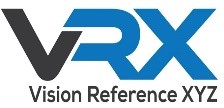Visual Inspection
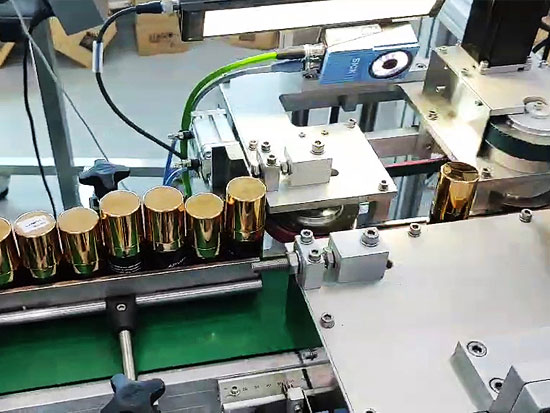 A visual inspection is a crucial part of a structural engineering assessment. It involves a
detailed, systematic examination of a structure to identify any visible signs of damage,
deterioration, or other issues that could affect its integrity.
A visual inspection is a crucial part of a structural engineering assessment. It involves a
detailed, systematic examination of a structure to identify any visible signs of damage,
deterioration, or other issues that could affect its integrity.
Structural Health Monitoring (SHM)
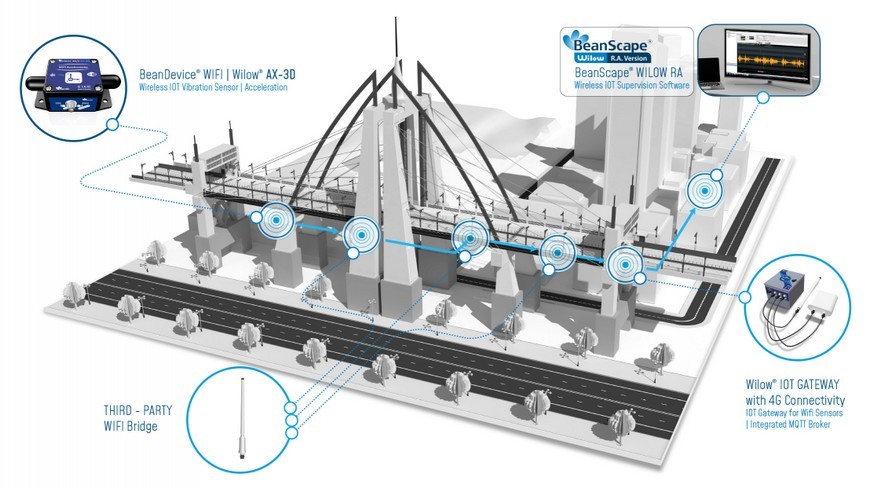 Structural Health Monitoring (SHM) is an advanced method used to assess the condition of
structures in real-time, providing continuous or periodic data to ensure safety, performance,
and longevity. SHM involves the use of various sensors and data analysis techniques to detect
changes in structural properties that may indicate damage or deterioration.
Structural Health Monitoring (SHM) is an advanced method used to assess the condition of
structures in real-time, providing continuous or periodic data to ensure safety, performance,
and longevity. SHM involves the use of various sensors and data analysis techniques to detect
changes in structural properties that may indicate damage or deterioration.
Non-Destructive Testing (NDT)
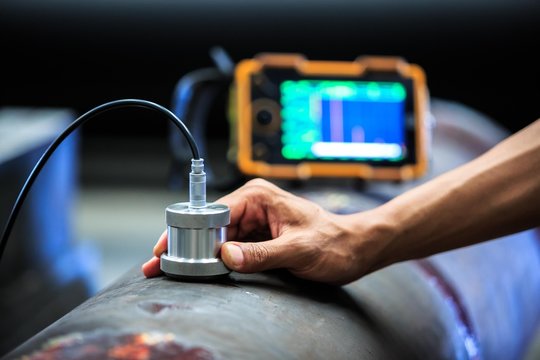 Non-Destructive Testing (NDT) refers to a variety of analysis techniques used to evaluate
the properties of a material, component, or system without causing damage. NDT is critical for
ensuring the safety and reliability of structures and components in various industries.
Non-Destructive Testing (NDT) refers to a variety of analysis techniques used to evaluate
the properties of a material, component, or system without causing damage. NDT is critical for
ensuring the safety and reliability of structures and components in various industries.
Coating and Corrosion Inspection
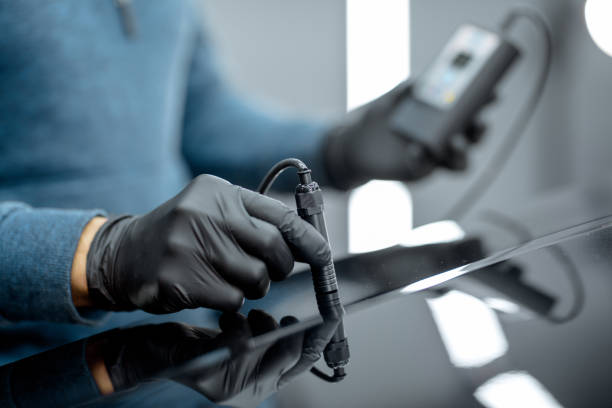 Coating and corrosion inspection is a crucial aspect of maintaining the integrity and
longevity of structures and components, particularly in industries exposed to harsh
environmental conditions, such as marine, oil and gas, and construction. Proper inspection
ensures that protective coatings are effective and that corrosion is detected early, preventing
structural failures and reducing maintenance costs
Coating and corrosion inspection is a crucial aspect of maintaining the integrity and
longevity of structures and components, particularly in industries exposed to harsh
environmental conditions, such as marine, oil and gas, and construction. Proper inspection
ensures that protective coatings are effective and that corrosion is detected early, preventing
structural failures and reducing maintenance costs
Concrete and Masonry Inspection
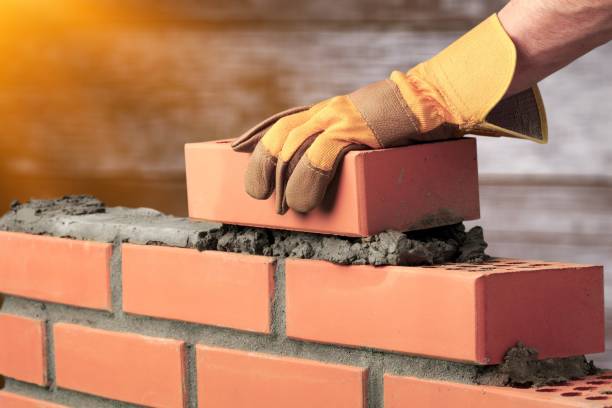 Concrete and masonry inspection is essential for ensuring the safety, durability, and
performance of structures such as buildings, bridges, dams, and other infrastructure. Proper
inspection identifies defects, monitors the condition, and ensures that construction meets
design specifications and standards.
Concrete and masonry inspection is essential for ensuring the safety, durability, and
performance of structures such as buildings, bridges, dams, and other infrastructure. Proper
inspection identifies defects, monitors the condition, and ensures that construction meets
design specifications and standards.Documentation and Reporting
Documentation and reporting are critical aspects of many professions and industries, ensuring that information is recorded accurately and communicated effectively.




